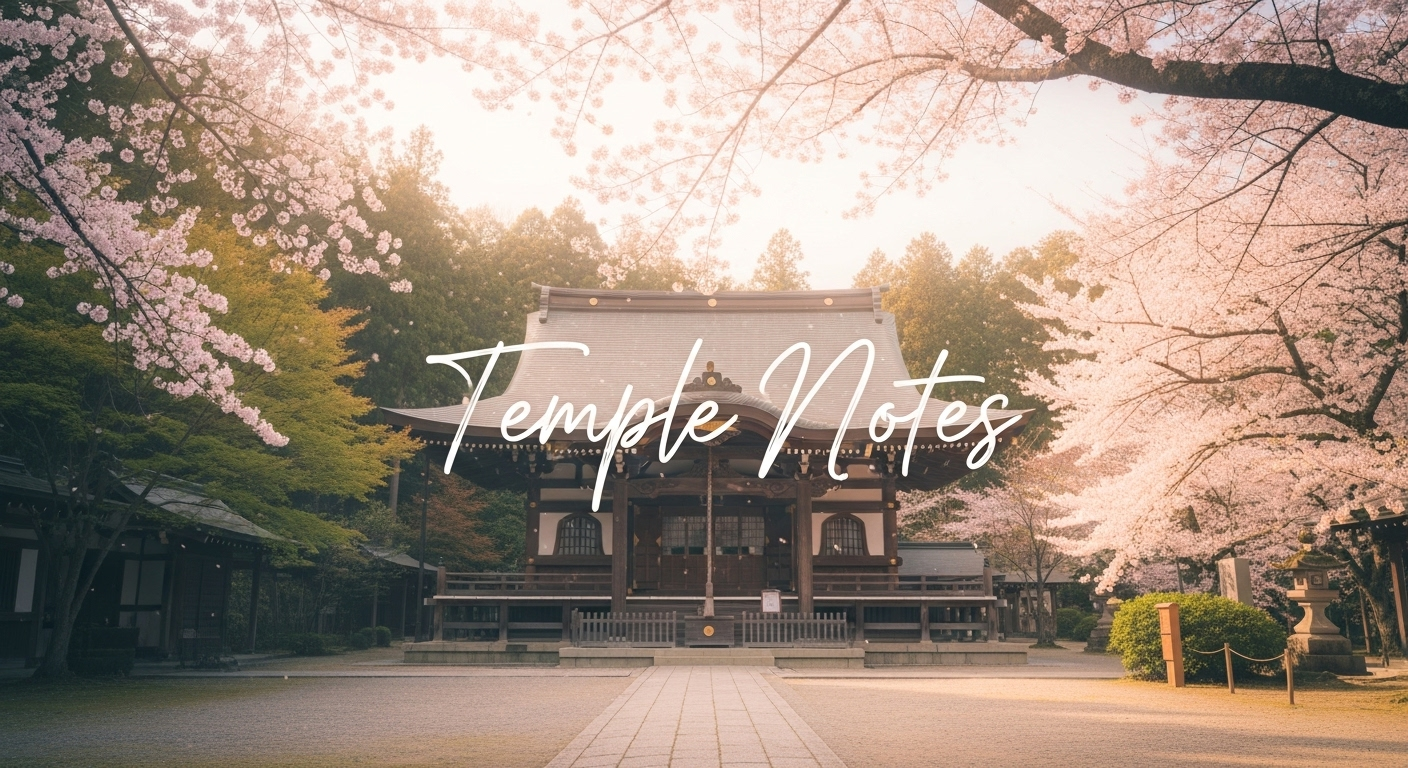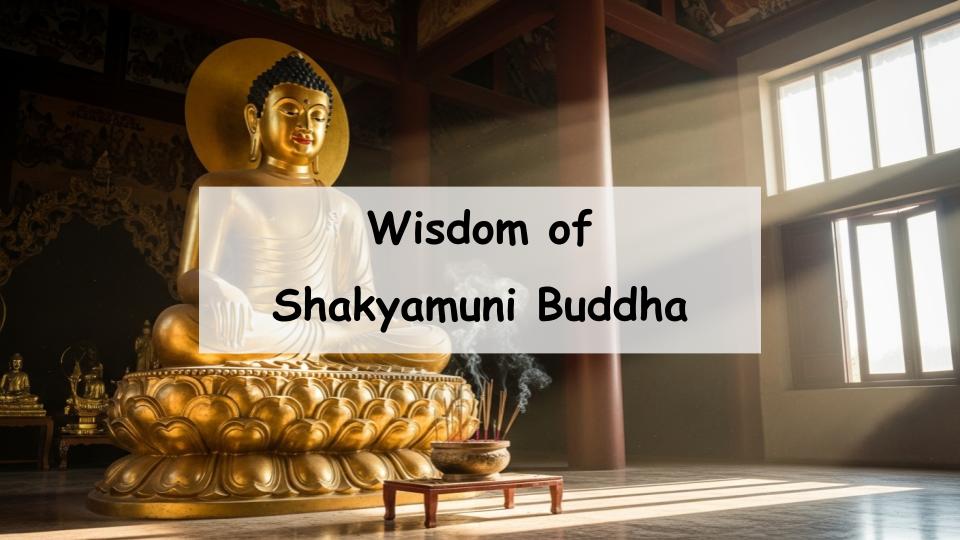When people hear the term Shakyamuni Buddha, many wonder, “Is it just a type of Buddha statue?” or “I often see it at temples, but what does it really mean?” In short, Shakyamuni Buddha refers to the historical Buddha himself and represents the very foundation of Buddhism. This article will explain the meaning and origin of the name, the role of Shakyamuni in Buddhist faith, the truth behind his blessings, the symbolic features of his statues, and how to properly worship him. By understanding Shakyamuni Buddha more deeply, you can gain new perspectives on Buddhism and enrich your daily spiritual practice.
What is Shakyamuni Buddha? Meaning and Origin
The meaning of the name Shakyamuni Buddha
The name “Shakyamuni Buddha” consists of two parts: Shakyamuni and Buddha. Shakyamuni (Śākyamuni) means “the sage of the Shakya clan” and refers to Siddhartha Gautama, the historical Buddha. Buddha is the translation of the Sanskrit Tathāgata, meaning “the one who has thus come” or “the one who has attained the truth.” Together, the term signifies the historical Buddha who attained enlightenment and became the embodiment of truth.
Historical background and origin
Siddhartha Gautama was born in ancient India, renounced his royal life, and through deep meditation attained enlightenment. His teachings spread from India to Central Asia, China, Korea, and eventually Japan. Over time, the concept of “Buddha” came to include many enlightened beings, but Shakyamuni remains the original teacher who set Buddhism into motion and whose presence is honored as the founder of the Dharma.
Difference from other Buddhas
There are many Buddhas in Buddhist tradition, such as Amitabha Buddha, Medicine Buddha, and Vairocana Buddha. Each represents a different aspect of truth or salvation. Shakyamuni Buddha, however, is revered as the one who first revealed the path of enlightenment to humanity. While Amitabha symbolizes rebirth in the Pure Land and Medicine Buddha embodies healing and health, Shakyamuni is primarily the teacher of wisdom and liberation.
Faith and Role of Shakyamuni Buddha
Position in Buddhism
In Buddhism, Shakyamuni is regarded as the supreme teacher. In early Buddhism, his discourses formed the core of the tradition, while in Mahayana Buddhism, he is placed alongside other Buddhas and Bodhisattvas as a central figure. He represents the living example of wisdom, compassion, and disciplined practice.
Spread of faith in Japan
Shakyamuni Buddha has been at the heart of Japanese Buddhism for centuries. Many temples enshrine him as their principal image, and his teachings are reflected across various schools. In Zen, he represents meditation and direct insight; in other sects, he is remembered through sermons and rituals. His image remains a unifying symbol in Japanese Buddhist culture.
Worship in temples and statues
Shakyamuni statues are commonly placed in the main hall of temples. Worshippers bow, chant sutras, and offer incense or flowers before him. Statues are often depicted in meditation or with hand gestures symbolizing enlightenment. During annual ceremonies, priests and lay followers gather to recite sutras, making offerings to honor his life and teaching.
The Blessings of Shakyamuni Buddha
Commonly believed blessings
Shakyamuni is believed to grant blessings such as wisdom, inner peace, and freedom from suffering. People pray to him for guidance in studies, clarity of mind, and moral strength. Some also associate him with family safety and well-being, depending on local traditions.
The true meaning of blessings
In Buddhism, blessings are not about miracles or wishes being granted instantly. Rather, they represent the transformation of one’s mind and life through practice. By praying to Shakyamuni, believers are reminded to reflect on themselves, cultivate compassion, and align their lives with truth.
“Worldly benefits” vs. “inner salvation”
Worldly benefits include health, wealth, or success, which are temporary and external. Inner salvation refers to overcoming ignorance and finding lasting peace through wisdom. Shakyamuni emphasized the latter, showing that true blessings come from inner transformation, not external gain.
Understanding blessings correctly
To understand blessings properly, one must see them as outcomes of sincere practice rather than magical favors. Worship, chanting, and meditation are tools to refine one’s heart and actions, which in turn bring about positive change in daily life.
Features of Shakyamuni Buddha Statues
Meaning of postures and gestures
Shakyamuni is often shown with the earth-touching mudra (right hand pointing to the ground), symbolizing the moment he attained enlightenment, or the meditation mudra, representing inner stillness. These gestures communicate his spiritual journey and the essence of his teachings.
Symbolism of halos and ornaments
The halo behind the statue signifies the radiance of enlightenment, while the lotus pedestal represents purity rising above worldly suffering. His simple monk’s robe and serene facial expression highlight humility and tranquility, central virtues of Buddhism.
How to distinguish from other Buddha statues
Shakyamuni can be identified by his plain robe, calm expression, and characteristic mudras. Amitabha is often depicted with hands forming the gesture of welcome, and Medicine Buddha usually holds a medicine jar. Observing these features helps distinguish each Buddha.
How to Practice Faith in Shakyamuni Buddha
How to worship and pray
At temples, worshippers bow, join their palms, and silently recite prayers or sutras. Incense and flowers are common offerings. In some traditions, chanting “Namu Shakamuni Butsu” expresses devotion to Shakyamuni. The most important aspect is sincerity and mindfulness.
Bringing faith into daily life
At home, one can place a small altar or image and offer simple prayers in the morning and evening. Reflecting on one’s actions in light of the Buddha’s teachings helps integrate faith into daily living. Reading Buddhist texts or attending study groups also supports personal practice.
Shakyamuni in Buddhist ceremonies
Festivals such as Hanamatsuri (celebrating his birth) and Nirvana Day (commemorating his passing) are dedicated to Shakyamuni. These events bring communities together to reflect on his life and teachings. Participating in such ceremonies deepens understanding and connection with his path.
Conclusion: The Enrichment of Understanding Shakyamuni Buddha
Key takeaways
Shakyamuni Buddha is the historical Buddha who attained enlightenment and revealed the Dharma. Knowing the meaning of his name, his historical background, and his difference from other Buddhas helps deepen appreciation of Buddhist statues and rituals. His blessings are best understood as spiritual growth rather than mere wish-fulfillment.
The significance for modern people
In today’s fast-paced world, Shakyamuni’s emphasis on mindfulness, compassion, and ethical living provides guidance for inner peace and resilience. Understanding and practicing faith in Shakyamuni Buddha is not only about tradition but also about cultivating wisdom and compassion in daily life. Through him, we can discover a richer, more balanced way of living.
A Message from the Guide

The Nirvana statue of the Buddha has a serene expression that brings peace to the heart.










Comment